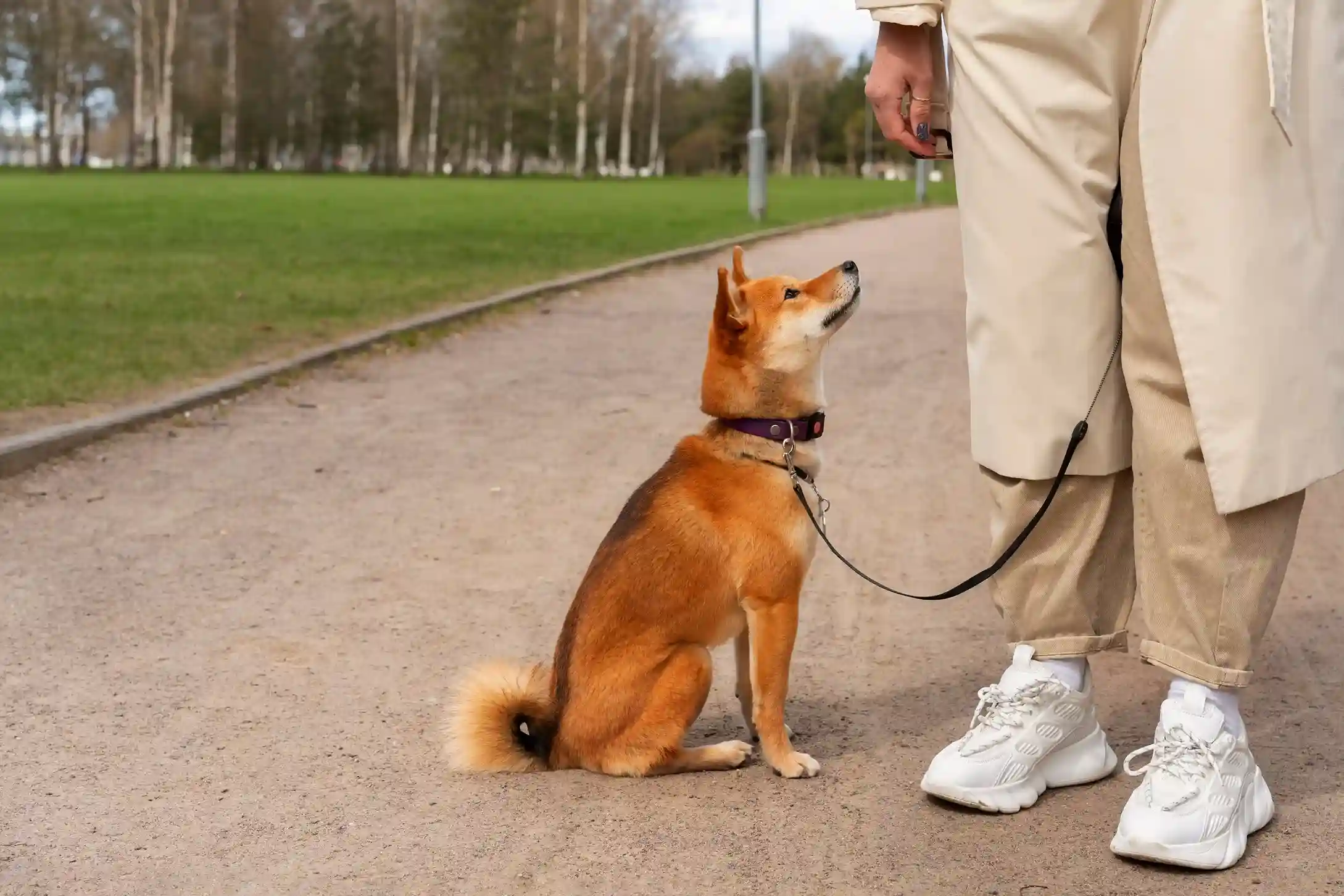Written by Jane Carter is a certified dog trainer (CPDT-KA) with over 10 years of experience specializing in obedience training. She holds a degree in Animal Behavior from the University of Washington. Jane’s training methods have helped over 500 dogs master commands like stay, sit, and recall. Reviewed by Erik Prins, ADAB, CCAB.
Training your dog to stay is a fundamental obedience skill that enhances safety, discipline, and trust between you and your furry companion. Whether you’re preventing them from bolting into traffic or simply teaching patience, mastering the stay command is crucial for all dogs.
In this comprehensive guide, we’ll walk you through expert-backed techniques, common training mistakes, and proven strategies to help your dog master the stay command.
Why Teaching Your Dog to Stay is a Game-Changer
Teaching your dog to stay isn’t just a party trick—it’s a lifesaving skill. According to the American Kennel Club (AKC), 90% of dog owners report that teaching stay has prevented dangerous situations, like running into traffic or bolting out of doors.
Real Owner Story:
“My Labrador, Max, used to dart out the door every time it opened. After mastering stay, he now waits patiently—even when the pizza delivery guy arrives!”
– Sarah L., Dog Owner (Seattle, WA)
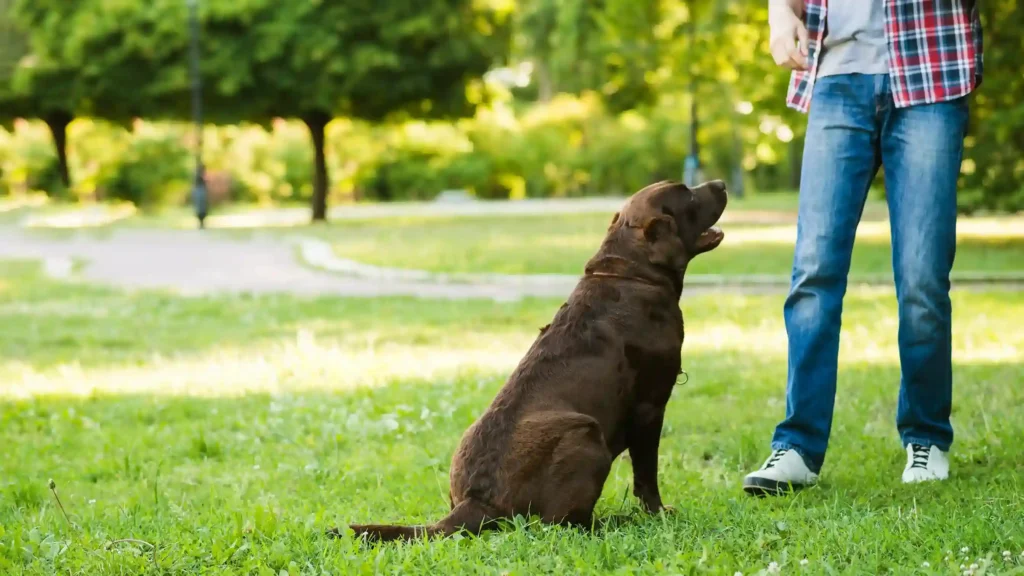
Benefits of Teaching Stay
Foundation for Advanced Training: Prepares your dog for off-leash commands and agility training.
Safety: Prevents accidents and keeps your dog in control.
Impulse Control: Reduces hyperactivity and improves patience.
Better Behavior: Makes walks, vet visits, and guest interactions smoother.
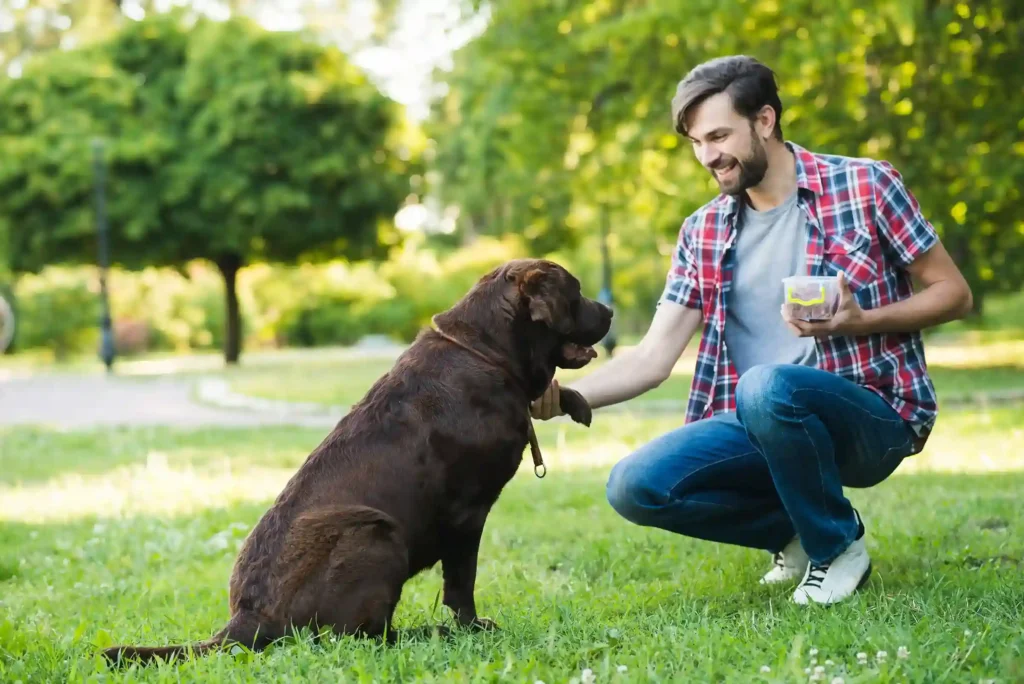
Leash Training 101: The Trainer-Approved Way to Walk Your Dog Without Stress
Step-by-Step Guide to Teaching Stay
Step 1: Master Sit or Down
Before teaching stay, your dog must reliably sit or lie down.
Pro Tip from Dale McCluskey, Dog Psychology Training Guide:
“A dog that understands sit or down is more likely to grasp stay because they already associate stillness with positive reinforcement.”
How to Do It:
- Command your dog to sit or lie down.
- Reward with a treat and praise.
- Repeat until they respond quickly and consistently.
Step 2: Introduce the Stay Command
Once your dog sits or lies down reliably, add the stay cue.
Training Process:
Reward Immediately: Use a verbal cue like “Good stay” and provide a treat.
Use a Hand Signal: Hold your palm out like a stop sign and say “Stay.”
Pause Briefly: Wait 1-2 seconds before rewarding.
Increase Duration Gradually: Start with 5 seconds, then work up to 1 minute.
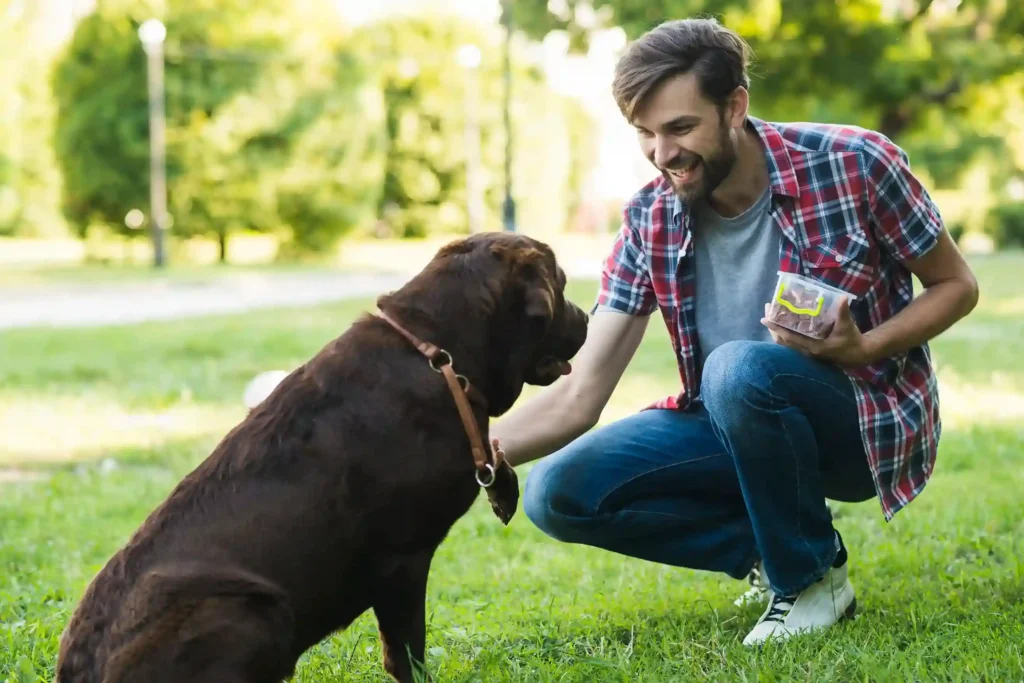
Step 3: Add Distance and Distractions
Challenge your dog by adding distance and distractions.
Training Tips:
Avoid Rushing: If your dog breaks the stay, reduce distractions and try again.
Step Back Gradually: Start by stepping back one foot, then return and reward.
Increase Distance Over Time: Work up to 10 feet or more.
Introduce Mild Distractions: Clap, drop an object, or move around slightly.
Step 4: Use a Release Cue
A release cue tells your dog when they’re free to move.
How to Introduce a Release Word:
Ensure they only move after hearing the release cue.
Say “Okay” or “Free” after they stay successfully.
Encourage movement toward you for a treat.
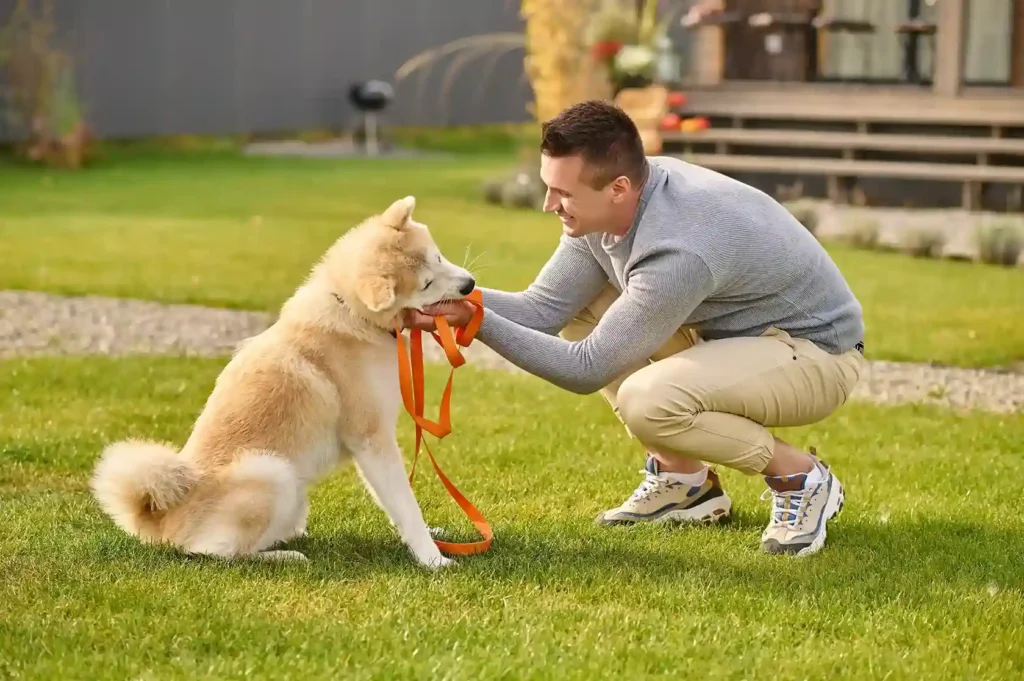
Step 5: Practice in Real-Life Scenarios
Reinforce stay by integrating it into daily routines.
Real-World Examples:
Mealtime: Have your dog stay before eating to boost patience.
At the Door: Teach stay before opening doors.
During Walks: Use stay at crosswalks to enhance safety.
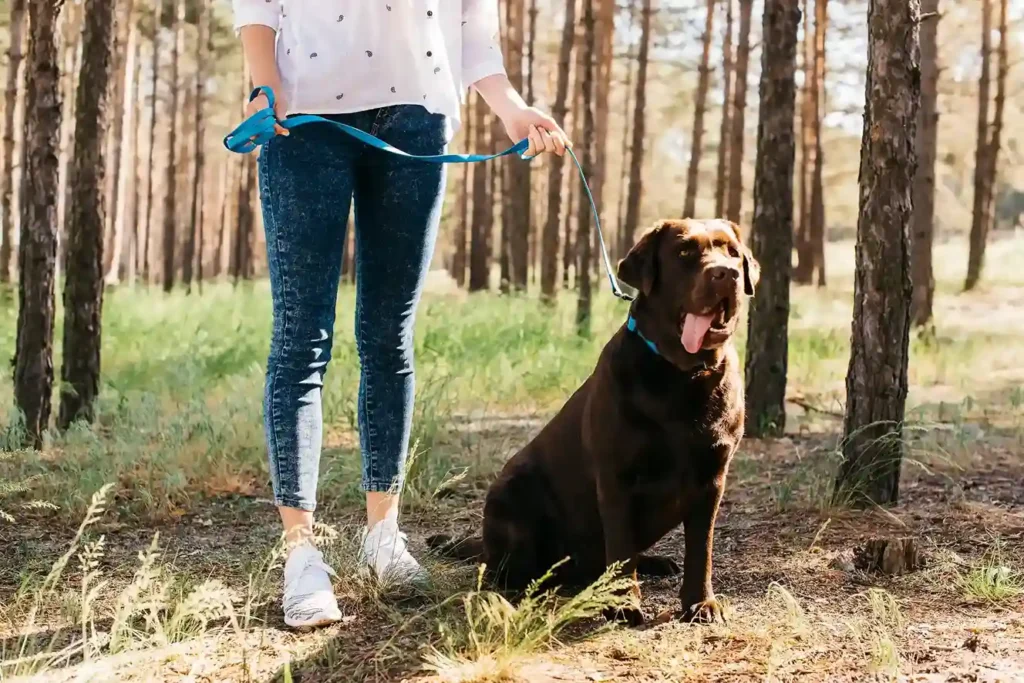
Common Mistakes and How to Fix Them
| Mistake | Solution |
|---|---|
| Not Using a Release Cue | Always teach a release command like “Okay” to avoid confusion. |
| Training Too Fast | Gradually increase duration and distance instead of rushing. |
| Inconsistent Rewards | Reward every successful stay initially, then transition to intermittent rewards. |
| Repetitive Commanding | Say “Stay” only once—repeating the cue weakens its effectiveness. |
Expert Tips for Success
- Use High-Value Rewards: Certified Dog Trainer Pat Miller recommends using irresistible treats like freeze-dried liver or small pieces of chicken.
- Train in Short Sessions: Dogs learn best with 5-10 minute sessions, repeated multiple times per day.
- Practice in Different Locations: Teach stay in quiet rooms first, then move to busy areas like the yard or park.
- Be Patient and Positive: If your dog struggles, take a step back and reward small improvements.
Troubleshooting Stay Training
Why Your Dog Breaks Stay (And How to Fix It):
- Whining/Barking: Reward calm behavior first; use a “quiet” cue before stay.
- Chasing Distractions: Train in low-distraction areas first, then gradually add triggers.
- Lying Down: Use a harness to gently guide them back into position without punishment.
Final Thoughts
Teaching your dog to stay is an invaluable skill that improves safety, obedience, and impulse control. With consistent training, patience, and expert-backed techniques, your dog will learn to stay reliably in any situation.
FAQs About Teaching Stay
Q: How Long Does It Take to Teach Stay?
A: Most dogs grasp basic stay within a few days, but mastering long-duration stay takes weeks of consistent practice.
Q: What If My Dog Breaks the Stay Command?
A: Stay calm and reset the training by shortening the distance or duration. Reward small successes before increasing difficulty.
Q: Can Older Dogs Learn Stay?
A: Absolutely! Older dogs may take longer, but positive reinforcement training works at any age.
